What levels do people seem to think that dinos are "outcompeted?" Is it something like .20 or .25, or something? If this is close to the range, then what in the tank is now getting phosphorous at a level to have po4 at .20 that it was not getting at .05, for example? Surplus is surplus. Having more food on the table does not mean that you can eat more.
Navigation
Install the app
How to install the app on iOS
Follow along with the video below to see how to install our site as a web app on your home screen.
Note: This feature may not be available in some browsers.
More options
You are using an out of date browser. It may not display this or other websites correctly.
You should upgrade or use an alternative browser.
You should upgrade or use an alternative browser.
Phosphate Vs Acropora
- Thread starter Reefahholic
- Start date
- Tagged users None
There are papers and studies that you can find that show that phosphate stress on dinos is real. Step back from what this board says and think about it. If P is in surplus enough to growth new organic tissue, how does having more help? It doesn't, it is harming on the other side of the spectrum.
Phosphorous is a poison to all living tissue at high amount - the amounts vary.
Many of these articles are behind paywall and it is hard to get numbers at which the cellular function is interrupted, but they are also different types of dinos.
Here is one:

 www.sciencedirect.com
www.sciencedirect.com
Phosphorous is a poison to all living tissue at high amount - the amounts vary.
Many of these articles are behind paywall and it is hard to get numbers at which the cellular function is interrupted, but they are also different types of dinos.
Here is one:
Our study demonstrated that phosphate stress inhibited growth of K. mikimotoi remarkably. Algal chlorophyll fluorescence intensity varied and algal cell cycle succession was significantly retarded by phosphate stress.

Molecular ecological responses of the dinoflagellate Karenia mikimotoi to phosphate stress
Karenia mikimotoi is a toxic, widespread dinoflagellate which could produce hemolytic toxins and ichthyotoxins affecting fisheries within the area of …
If anybody has a range where dinos started to lose the battle, please post it. Maybe we can come up with a rough range where dinos start to disappear.
> 0.13 in my case for PO4. NO3 I think I tried to keep them > 5ppmIf anybody has a range where dinos started to lose the battle, please post it. Maybe we can come up with a rough range where dinos start to disappear.
What levels do people seem to think that dinos are "outcompeted?" Is it something like .20 or .25, or something? If this is close to the range, then what in the tank is now getting phosphorous at a level to have po4 at .20 that it was not getting at .05, for example? Surplus is surplus. Having more food on the table does not mean that you can eat more.
="jda, post: 11518063, member: 30252"]
We also need to remember that rock and sand bind PO4 as you know.
In my case, the rock was outcompeting everything. So let’s say that I had .05 of phosphate, but it wasn’t available, because the rock was stealing it all. I had to give the rock what it was going to take by force, and dose over that threshold in order to save the corals and fight the Dino’s. In my case that number was about .14- .16 ppm initially.
After one full year, the tank finally saturated, and I was able to reduce the dosing significantly. In fact, I’m not dosing at all right now.
But to answer your question, I think that Dino’s are outcompeted the best around .08 - 0.2 ppm. That number is going to vary in every tank depending on what’s going on.
Last edited:
If anybody has a range where dinos started to lose the battle, please post it. Maybe we can come up with a rough range where dinos start to disappear.
I listed the range where I had the most success above, but my case was extreme. You can see the video on my YouTube channel. It was bad.
Last edited:
> 0.13 in my case for PO4. NO3 I think I tried to keep them > 5ppm
It’s funny that mine was very close to that.
But to answer your question, I think that Dino’s are outcompeted the best around .08 - 0.2 ppm. That number is going to vary in every tank depending on what’s going on.
Since it is nearly certain that the dinos have cellular disruption and are not actually getting outcompeted, I expect a range that is pretty tight and not differ from tank to tank. So far, the .1 to .2 range seems to be common.
I have a little log and I am keeping track when I see the posts.
Since it is nearly certain that the dinos have cellular disruption and are not actually getting outcompeted, I expect a range that is pretty tight and not differ from tank to tank. So far, the .1 to .2 range seems to be common.
I have a little log and I am keeping track when I see the posts.
I’m gonna reach out to some of the Dino experts and see if we can better understand why and what phosphate is actually doing. I’ve already given my opinions, but let’s see what they say or if it does disrupt cellular function. If they also have competitors who are they and how many? Do they have natural predators? Who and how many?
What is the root cause of a dino outbreak? Dinos are in all tanks but are unable to thrive due to other bacteria and algae competing with them. Has anyone had dinos in an established system out of nowhere? The only time I or others I have seen with an established system get dinos is when they add on to the system.
I installed a fuge tank and, for a month, battled dinos in that tank. Then I installed a frag tank, and dinos took over in the frag tank. During this time Dinos did not affect the DT. Daily manual removal for a couple of weeks rid the tanks, and I've never seen dinos since.
I believe that once your good bacteria populate the system, they will outcompete the dinos, and they will not appear.
If your Biome is out of whack, then I believe nutrients such as PO4 will fuel dinos. If PO4 was the root cause of dinos, then someone like Rich Ross would have a DT of dinos like we have yet to see.
I installed a fuge tank and, for a month, battled dinos in that tank. Then I installed a frag tank, and dinos took over in the frag tank. During this time Dinos did not affect the DT. Daily manual removal for a couple of weeks rid the tanks, and I've never seen dinos since.
I believe that once your good bacteria populate the system, they will outcompete the dinos, and they will not appear.
If your Biome is out of whack, then I believe nutrients such as PO4 will fuel dinos. If PO4 was the root cause of dinos, then someone like Rich Ross would have a DT of dinos like we have yet to see.
I just started with a few SPS in my 2.5 years old, mainly LPS tank. Here is a follow-up of KH and Phosphate over almost a year and a plot of the KH values relative to PO4 and NO3, all measured with Hanna. Note that a rise in KH probably means a decrease in uptake ( about 100g GFO, Cheato refuge, Skimmer, four carbon dosing types: KZ Sponge power, ElimiNP, and Reef Actif). I try to lower nutrients, but I have a lot of well-fed fish  Corals are looking good, and the few SPS I have are growing (dosing using Balling method). There is some correlation between high nutrients and decreased KH consumption.
Corals are looking good, and the few SPS I have are growing (dosing using Balling method). There is some correlation between high nutrients and decreased KH consumption.
The data is somewhat biased as the dosing was adjusted every time the KH was off, but the trend is still there, IMO.
Also, sand sifting Gobby is a must for me as he keeps turning the sand and keeping it algae-free and shiny white.

The data is somewhat biased as the dosing was adjusted every time the KH was off, but the trend is still there, IMO.
Also, sand sifting Gobby is a must for me as he keeps turning the sand and keeping it algae-free and shiny white.
There are no shortage of studies that show slightly elevated phosphates benefit dinos. There are a few that show that as po4 grows, then dinos are growth-limited, including the one that I linked above. I would not expect a tank with super high phosphates to have a dino issue.
If it were as easy as just having other things outcompete them, nobody would have to raise po4 to a certain level. All of the other bacteria films and microfauna are not starved for po4 below 0.10, or even 0.050.
This system was at .4 mg/l PO4 when this video was taken. Nitrates were negligable.
I don't see any reason to keep PO4 lower than the .03 mg/l threshold level identified by Southampton University in England. Since they determined it by looking at phosphorus deficiency in corals maintained in aquaria for up to around a decade seems like a definitive lower number until we can quantify particulate and dissloved organic P used by corals. Upwelling can expose to corals to .3 mg/l so that seems like a fine number also. And at the higher end the sexually reproduced corals at the Steinhart Aquarium are being grown out with .9 mg/l PO4 and 50 mg/l Nitrate (Rich Ross is part of the research team in case anyone was wondering).
Here's links I've found some may be interested in
 www.cambridge.org
An Experimental Mesocosm for Longterm Studies of Reef Corals
www.cambridge.org
An Experimental Mesocosm for Longterm Studies of Reef Corals
Phosphate Deficiency:
Nutrient enrichment can increase the susceptibility of reef corals to bleaching:
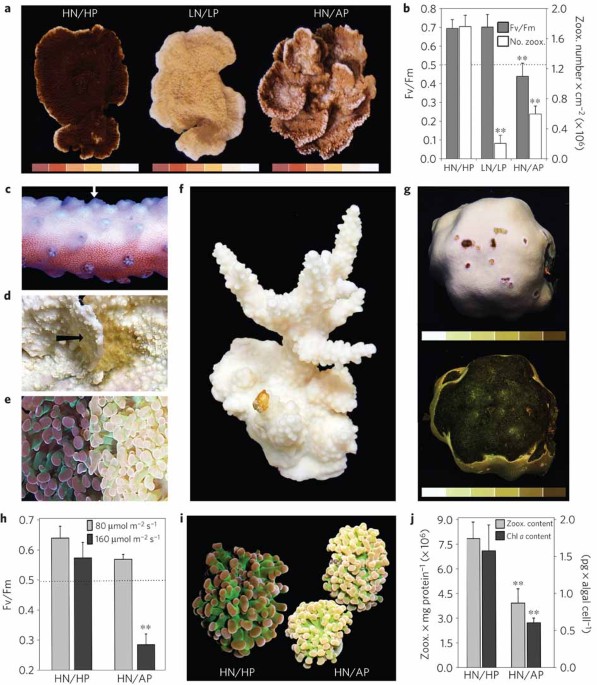
 www.nature.com
www.nature.com
Ultrastructural Biomarkers in Symbiotic Algae Reflect the Availability of Dissolved Inorganic Nutrients and Particulate Food to the Reef Coral Holobiont:

 www.frontiersin.org
www.frontiersin.org
Phosphate deficiency promotes coral bleaching and is reflected by the ultrastructure of symbiotic dinoflagellates
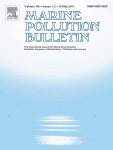
 www.sciencedirect.com
www.sciencedirect.com
Effects of phosphate on growth and skeletal density in the scleractinian coral Acropora muricata: A controlled experimental approach
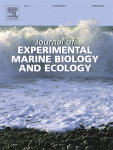
 www.sciencedirect.com
www.sciencedirect.com
High phosphate uptake requirements of the scleractinian coral Stylophora pistillata
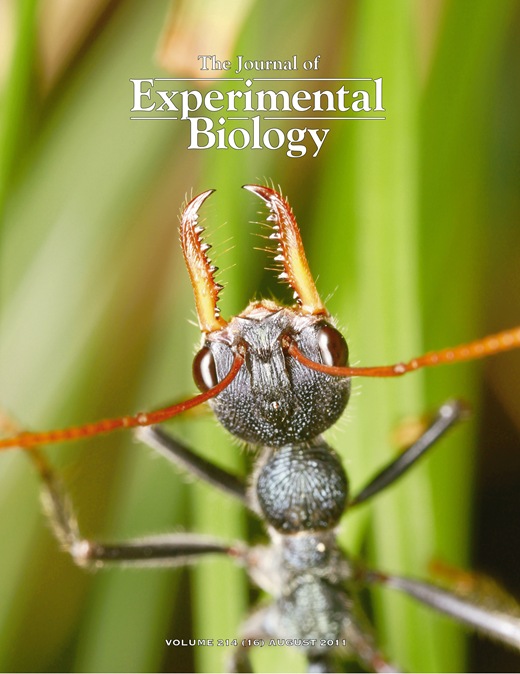
 jeb.biologists.org
jeb.biologists.org
Phosphorus metabolism of reef organisms with algal symbionts
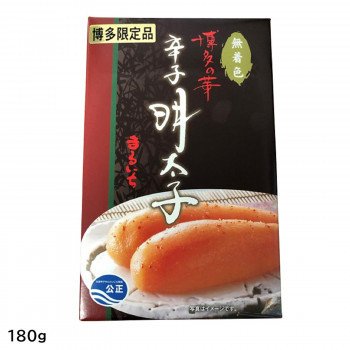
Sponge symbionts and the marine P cycle
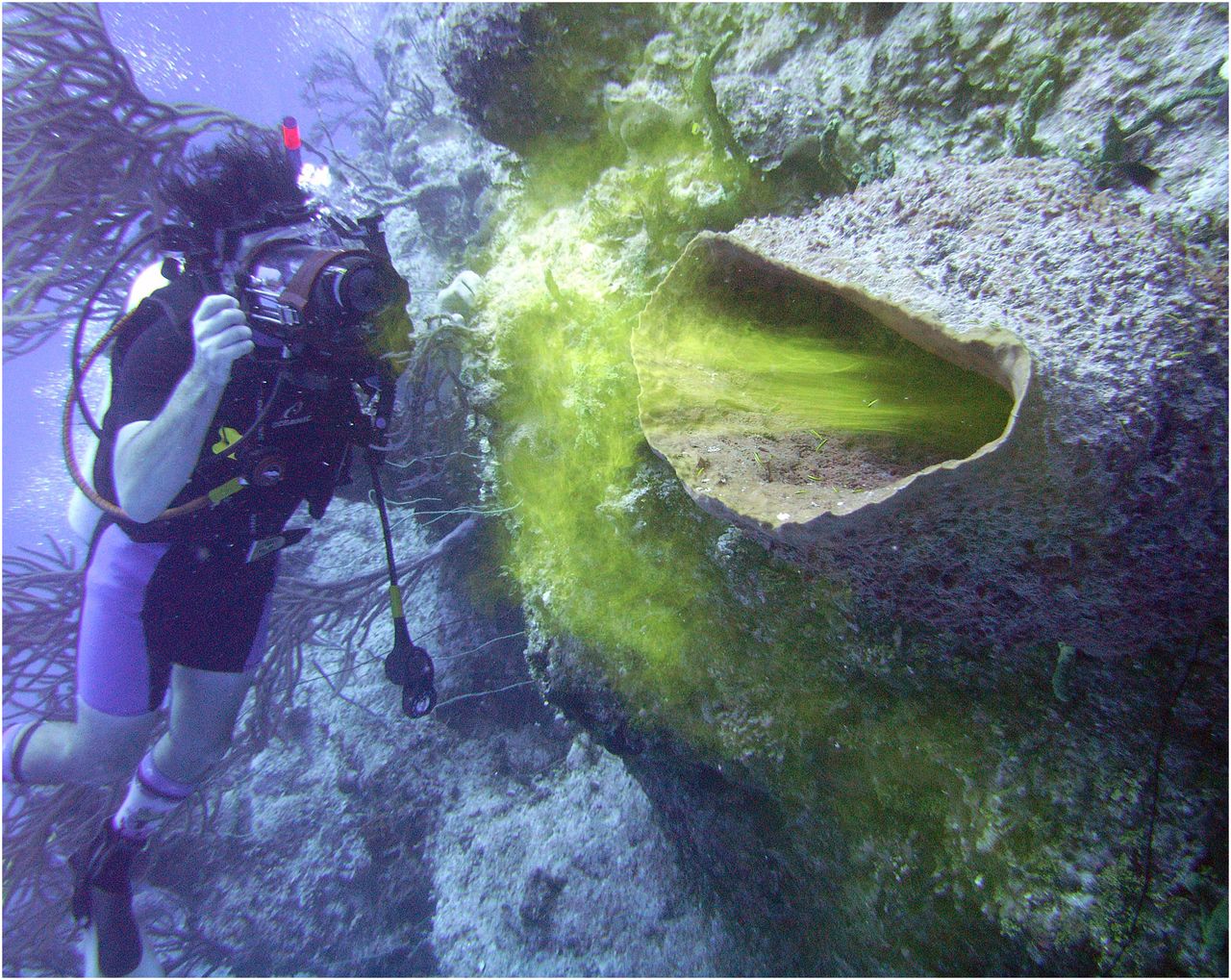
 www.pnas.org
www.pnas.org
Phosphorus sequestration in the form of polyphosphate by microbial symbionts in marine sponges
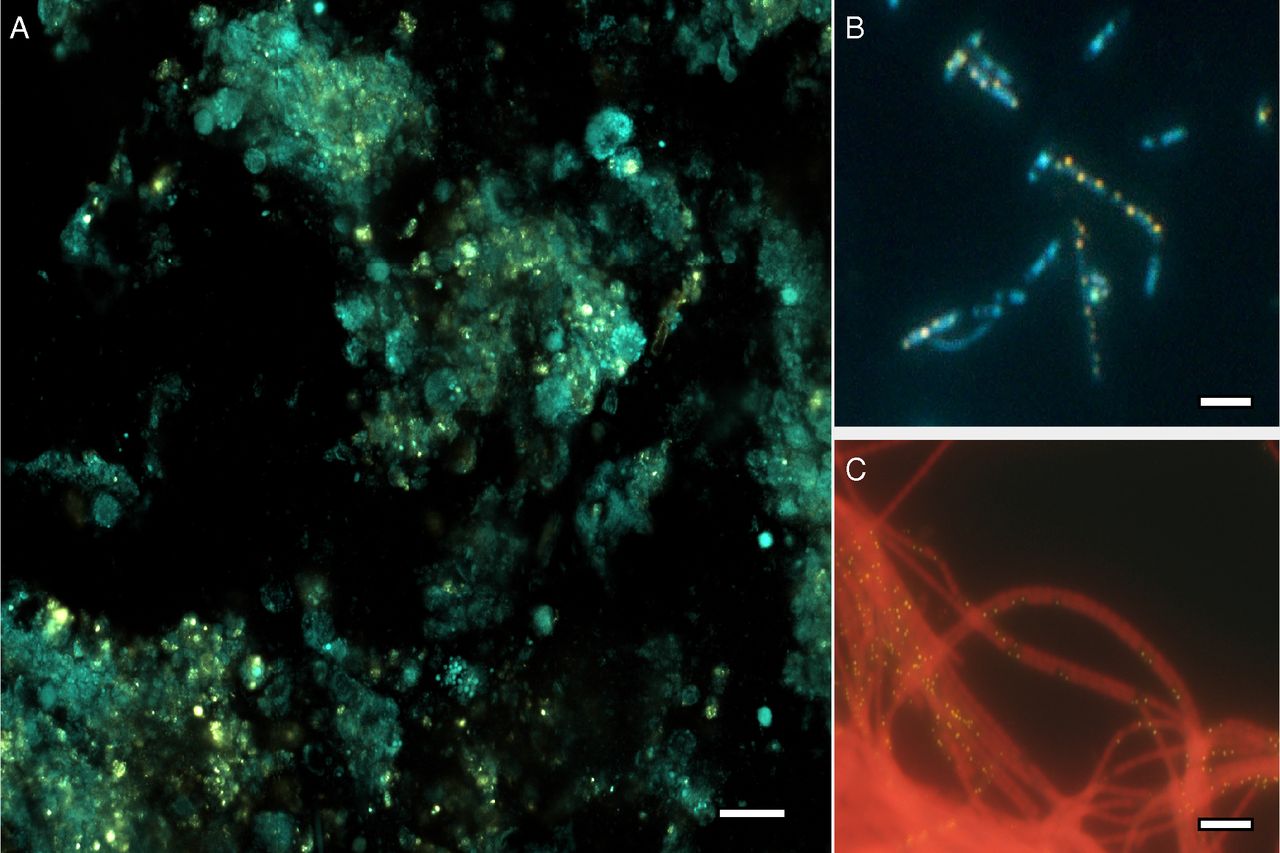
 www.pnas.org
www.pnas.org
Fig 4 from "Phosphorus metabolism of reef organisms with algal symbionts"
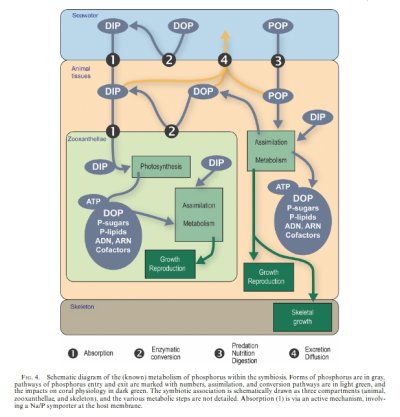
I don't see any reason to keep PO4 lower than the .03 mg/l threshold level identified by Southampton University in England. Since they determined it by looking at phosphorus deficiency in corals maintained in aquaria for up to around a decade seems like a definitive lower number until we can quantify particulate and dissloved organic P used by corals. Upwelling can expose to corals to .3 mg/l so that seems like a fine number also. And at the higher end the sexually reproduced corals at the Steinhart Aquarium are being grown out with .9 mg/l PO4 and 50 mg/l Nitrate (Rich Ross is part of the research team in case anyone was wondering).
Here's links I've found some may be interested in
An experimental mesocosm for long-term studies of reef corals | Journal of the Marine Biological Association of the United Kingdom | Cambridge Core
An experimental mesocosm for long-term studies of reef corals - Volume 92 Issue 4
Phosphate Deficiency:
Nutrient enrichment can increase the susceptibility of reef corals to bleaching:

Nutrient enrichment can increase the susceptibility of reef corals to bleaching - Nature Climate Change
Increased dissolved inorganic nitrogen (DIN) concentrations in sea water have been linked to a reduction of the temperature threshold at which corals bleach, however, the mechanism underlying this change is not known. This phenomenon is now explained in terms of increased phosphatase activities...
Ultrastructural Biomarkers in Symbiotic Algae Reflect the Availability of Dissolved Inorganic Nutrients and Particulate Food to the Reef Coral Holobiont:

Ultrastructural Biomarkers in Symbiotic Algae Reflect the Availability of Dissolved Inorganic Nutrients and Particulate Food to the Reef Coral Holobiont
Reef building corals associated with symbiotic algae (zooxanthellae) can access environmental nutrients from different sources, most significantly via the uptake of dissolved inorganic nutrients by the algal symbiont and heterotrophic feeding of the coral host. Climate change is expected to...
Phosphate deficiency promotes coral bleaching and is reflected by the ultrastructure of symbiotic dinoflagellates

Phosphate deficiency promotes coral bleaching and is reflected by the ultrastructure of symbiotic dinoflagellates
Enrichment of reef environments with dissolved inorganic nutrients is considered a major threat to the survival of corals living in symbiosis with din…
Effects of phosphate on growth and skeletal density in the scleractinian coral Acropora muricata: A controlled experimental approach

Effects of phosphate on growth and skeletal density in the scleractinian coral Acropora muricata: A controlled experimental approach
Phosphate contamination can negatively affect corals, modifying growth rates, skeletal density, reproduction, mortality, and zooxanthellae. We determi…
High phosphate uptake requirements of the scleractinian coral Stylophora pistillata

High phosphate uptake requirements of the scleractinian coral Stylophora pistillata
SUMMARYSeveral untested aspects of the regulation of inorganic nutrient uptake were examined using nutrient depletion experiments with the symbiotic coral Stylophora pistillata. The total inhibition of phosphate uptake in artificial seawater lacking sodium indicates the involvement of a...
Phosphorus metabolism of reef organisms with algal symbionts
2657円まるいち 博多辛子明太子(無着色) 「博多の華」 (ギフト用) 180g Z6572海産物イクラ,タラコ,魚卵 Qoo10] 「博 まるいち 博多辛子明太子(無着色) | therichross.com
2657円まるいち 博多辛子明太子(無着色) 「博多の華」 (ギフト用) 180g Z6572海産物イクラ,タラコ,魚卵 Qoo10] 「博 まるいち 博多辛子明太子(無着色) | therichross.com
therichross.com
Sponge symbionts and the marine P cycle

Sponge symbionts and the marine P cycle
Marine sponges are ubiquitous colonizers of shallow, clear-water environments in the oceans (1, 2). Sponges have emerged as significant mediators of biogeochemical fluxes in coastal zones by virtue of respiring organic matter and facilitating both the consumption and release of nutrients (3, 4)...
Phosphorus sequestration in the form of polyphosphate by microbial symbionts in marine sponges

Phosphorus sequestration in the form of polyphosphate by microbial symbionts in marine sponges
Coral reefs are highly productive ecosystems that raise a conundrum called “Darwin’s paradox”: How can high production flourish in low-nutrient conditions? We show here that in three abundant Caribbean sponges, the granules that have been commonly observed in sponge tissue for decades are...
Fig 4 from "Phosphorus metabolism of reef organisms with algal symbionts"

I don't think that anybody ever has said that limiting phosphorous to living tissue is a good idea. I still do not know any reason or have any idea why having residual po4 of .30 is better that .03.
If .03 is having 3 entrees and sides on the table to eat, then .30 is having 30. You still can only get so full. Even 1 entree on the table is enough.
Nobody is saying that having 0 entrees is good. I understand that new tanks can have some instability with aragonite binding at first, but once that stabilizes, then having .03 in the water is like having 3 entrees on the table and an unlimited amount back in the kitchen ready to be brought out if one entree gets devoured.
Does anybody have an actual answer for how more of a surplus is better? I am not really talking about in hobby tanks since I can show you real examples where more of a surplus not better for some corals, whereas other corals do not care at all. In no other circumstances can I find that elevated levels of constant N and P are a good idea - with plants, you need N and P in small batches frequently, for example and too much can cause slowed growth and death which anybody who over-fertilized their lawn knows as grass yellows and can die.
If .03 is having 3 entrees and sides on the table to eat, then .30 is having 30. You still can only get so full. Even 1 entree on the table is enough.
Nobody is saying that having 0 entrees is good. I understand that new tanks can have some instability with aragonite binding at first, but once that stabilizes, then having .03 in the water is like having 3 entrees on the table and an unlimited amount back in the kitchen ready to be brought out if one entree gets devoured.
Does anybody have an actual answer for how more of a surplus is better? I am not really talking about in hobby tanks since I can show you real examples where more of a surplus not better for some corals, whereas other corals do not care at all. In no other circumstances can I find that elevated levels of constant N and P are a good idea - with plants, you need N and P in small batches frequently, for example and too much can cause slowed growth and death which anybody who over-fertilized their lawn knows as grass yellows and can die.
What is the root cause of a dino outbreak?
I’m my case it was dry rock binding all the PO4, extremely weak biome (basically sterile), and I wasn’t able to get the PO4 up fast enough despite dosing P from only 4 weeks in.
like those emulsifier for canned products? sodium hexametaphospate?Unless the product is made fresh and on site, I don't know if you won't just end up with more breakdown over time and just have ortho in a bottle.
The fish are the best source of multiple kinds of phosphorous that I know of. If you are not fishless, just feeding those guys probably cannot be beaten.
You can buy metaphosphate in dry form, but I have no idea if they are good type or not. There are a bunch of different types. I guess the worst case is that they end up as ortho in a few days.
Maybe I am stating the obvious: Uptake of nutrients is carried out by protein channels (transporters) that have specificity for their transported cargo. Increasing concentrations (below saturation) may increase the influx. However, corals may have an advantage over other tank inhabitants at lower cargo concentrations by having a high affinity transporter
I'm not sure I like your analogy of P as an entree.I don't think that anybody ever has said that limiting phosphorous to living tissue is a good idea. I still do not know any reason or have any idea why having residual po4 of .30 is better that .03.
If .03 is having 3 entrees and sides on the table to eat, then .30 is having 30. You still can only get so full. Even 1 entree on the table is enough.
Nobody is saying that having 0 entrees is good. I understand that new tanks can have some instability with aragonite binding at first, but once that stabilizes, then having .03 in the water is like having 3 entrees on the table and an unlimited amount back in the kitchen ready to be brought out if one entree gets devoured.
Does anybody have an actual answer for how more of a surplus is better? I am not really talking about in hobby tanks since I can show you real examples where more of a surplus not better for some corals, whereas other corals do not care at all. In no other circumstances can I find that elevated levels of constant N and P are a good idea - with plants, you need N and P in small batches frequently, for example and too much can cause slowed growth and death which anybody who over-fertilized their lawn knows as grass yellows and can die.
For example;
My system may have 10 entrees (0.1 in your analogy) but my system has 100 guests ready to eat. (many coral, packed system) Not enough food.
I'm sure P waxes and waines over a coarse of a day and having that surplus is my insurance policy that they will always get enough. And yes, I get sand/rock is bound and releases P as it waxes and waines. But if for any reason there is no input I will have reserves.
- Joined
- May 14, 2008
- Messages
- 323
- Reaction score
- 427
How do people deal with having low nutrients but lots of hair algae? I have low nutrients 0.03 PO4 and 3.6 NO3 and my LPS are suffering from it so I want to raise my nutrient levels but I have a hair algae problem. I have to spend 4 hours every 2 weeks carefully scrubbing my rock and siphoning algae. Meanwhile I'm losing acans, scolys, and torches. Not to mention zoas which are being smothered by the algae. I'm running 2 filter rollers, a skimmer, an algae scrubber, a UV and ozone. I have a 150 with probably 50 scarlet hermits, 3 emerald crabs, 10 tuxedo urchins, lots of Astrea and Trochus snails, 4 Turbo snails, and 4 tangs.
Similar threads
- Replies
- 33
- Views
- 989
- Replies
- 7
- Views
- 171
- Replies
- 11
- Views
- 494
- Replies
- 7
- Views
- 143


















